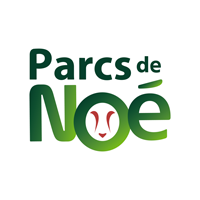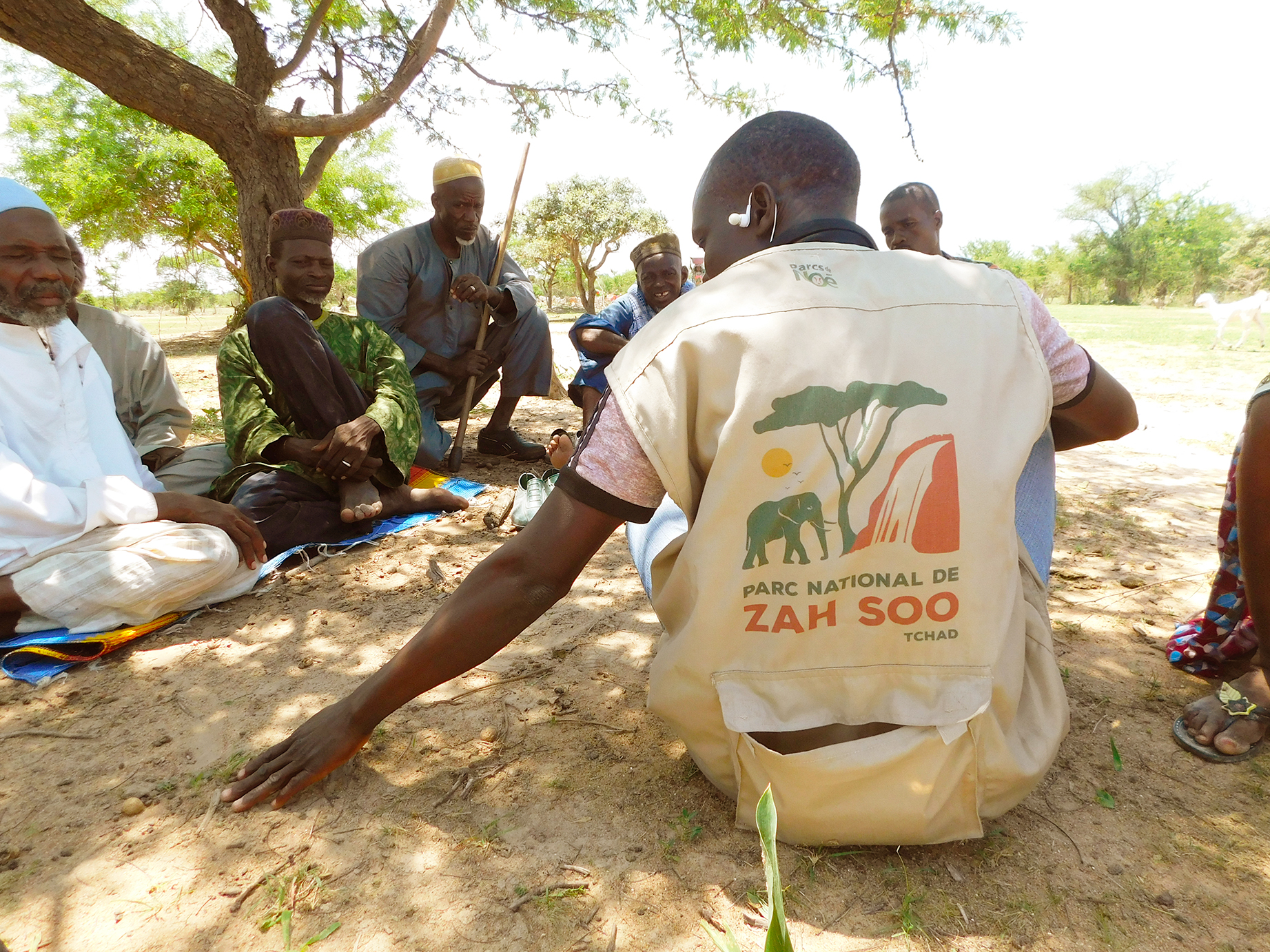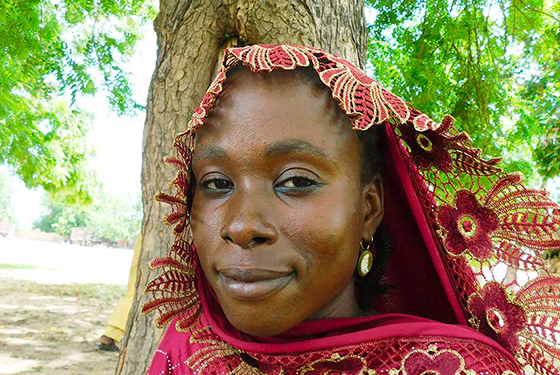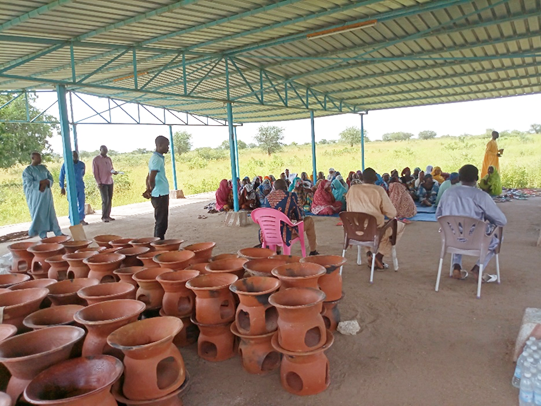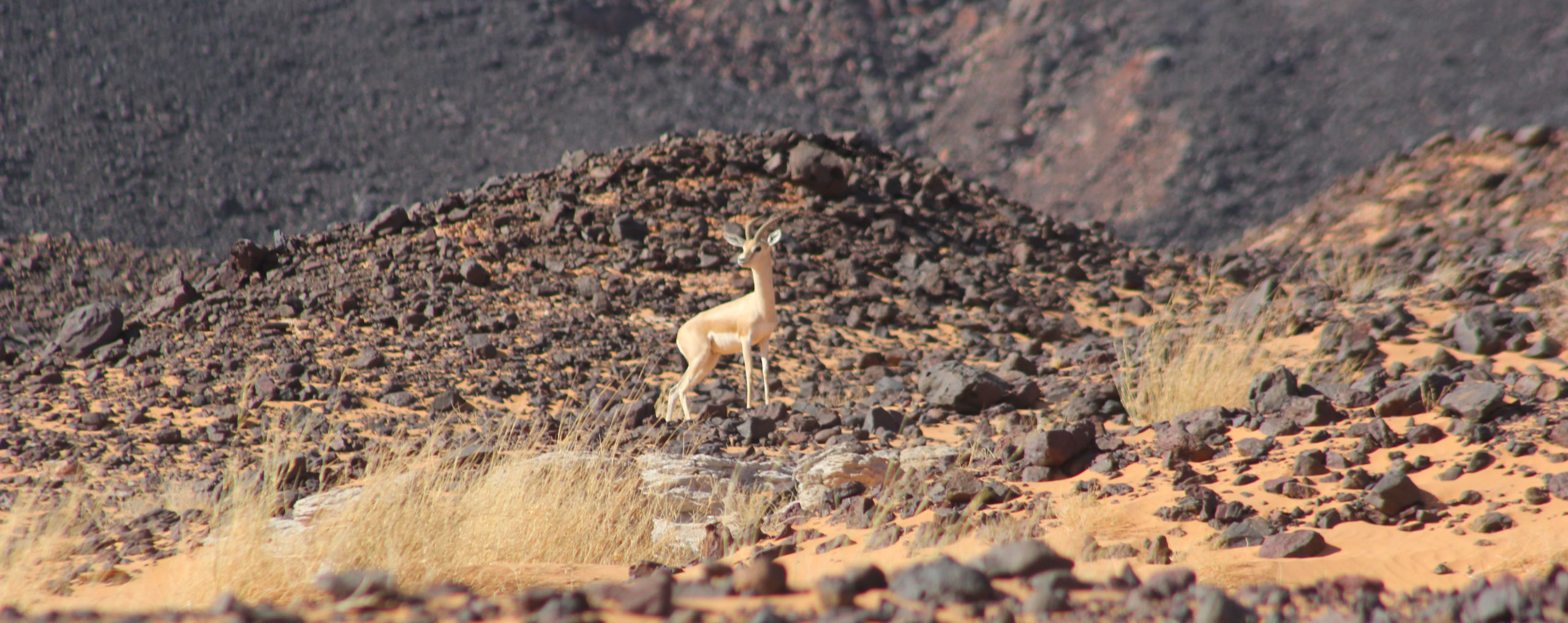The National Park of Zah Soo, located in south-western Chad in the Mayo-Kebbi West province, was created in March 2022 when the core zone of the Binder-Léré Wildlife Reserve and its periphery (north, south-east) was converted into fully protected areas. This process contributed to strengthening the status of this part of the reserve, which is still relatively intact, with the goal of preserving its ecosystem services and biodiversity, both of which have been severely threatened by the encroachment of agriculture and livestock farming on about 60% of its area since its creation in 1974.
Once rich in wildlife, with species that are now locally extinct (lion, hartebeest, tsessebe), and others close to local extinction (ostrich, Kordofan giraffe, buffalo, etc.), the Zah Soo National Park was established by the government of Chad to stem the disappearance of, and ultimately restore, the Sudano-Sahelian ecosystems. These ecosystems are crucial for local communities in the face of climate change, as well as for the restoration of the ecological potential of this protected area.
During the last aerial count, conducted by Wings for Conservation and covering the entire park in 10.9 hours, with 2,150 km of transects in September 2022, nearly 23,500 head of livestock were counted in the park, divided into 345 herds, including both small and large ruminants, and 172 nomadic camps.
With a park area of only 81,500 hectares, this situation is not sustainable.
Although the central part of the park is spared due to its inaccessibility (many areas are flooded by the rains), the north and south-east face greater pastoral pressure.
Below : Pastoral pressure in the park (red dots indicate livestock herds, others wildlife)
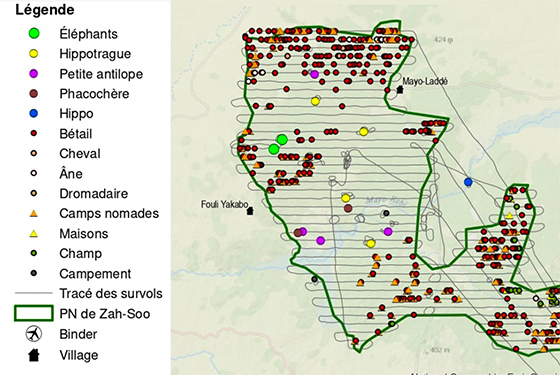
CURRENT SOLUTIONS
In order to reduce the pressure, the park management team has recruited 8 prevention and information agents from local communities.
Their task is to reach out to herders to inform them of the creation of the protected area and its boundaries, while also attempting to better understand their motivations, the reasons for transhumance and the routes used, the territorial structure of the area (market places, etc.) as well as the problems encountered by these actors.
This includes human-wildlife conflicts, and in particular damage caused by elephants, a problem that is increasing proportionally as the elephant population grows. The main elephant herd was estimated during the aerial count to hold 119 individuals with many newborns, which is indicative of its good health.
Below : Camp or “ferrick” in the park
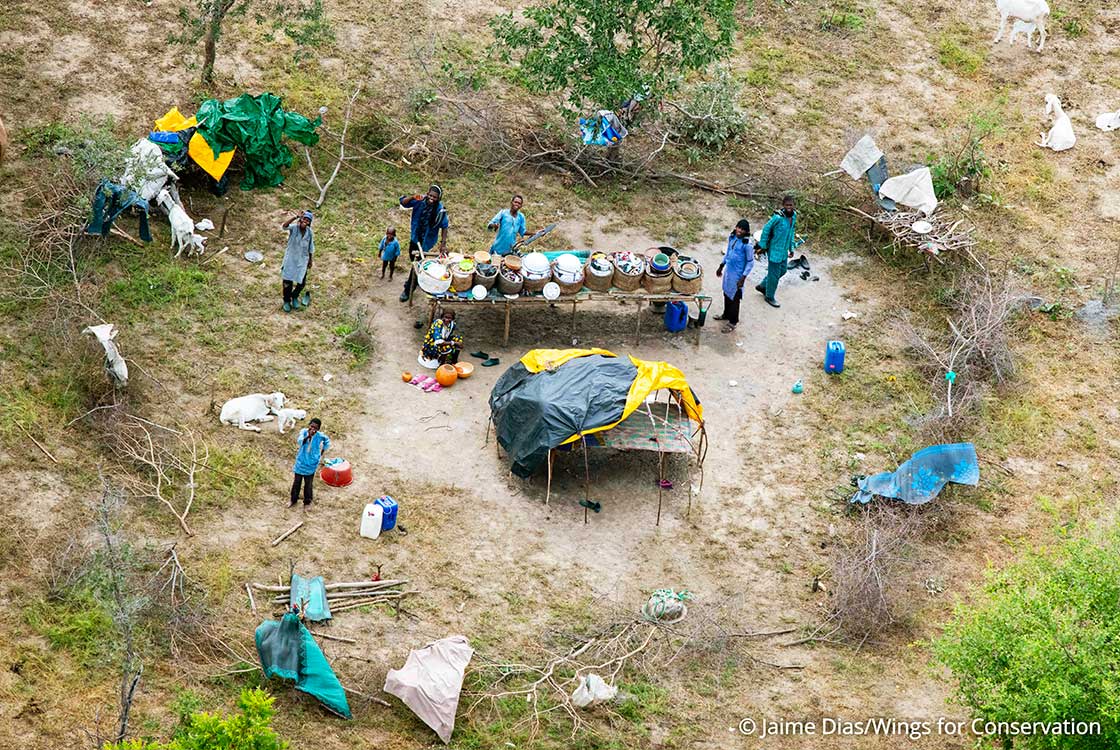
FUTURE SOLUTIONS
Solutions under consideration include identifying available grazing areas outside the park that can be exploited, facilitating a framework for multi-stakeholder consultation and dialogue in order to reduce the risk of conflict, concrete short-term supportive actions such as herd vaccination and the construction of pastoral hydraulic infrastructure (wells, boreholes, ponds, etc.), as well as the option of fencing the park (partially or totally) to reduce human-wildlife conflicts, especially with pachyderms.
